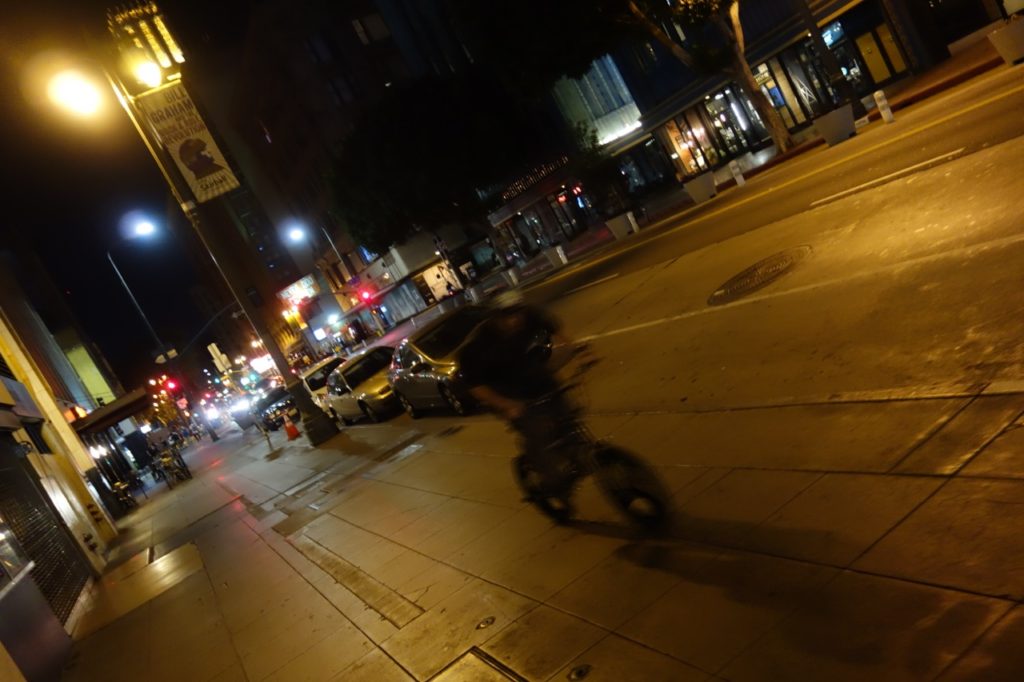
Both Los Angeles’ parking lots and its surprising presence and surprising absence of rapid transit suggest a distinctive relationship with physical space. So does the tendency of people who grew up hometowns not especially close to the city itself to describe themselves as “from Los Angeles.” Suburbanites do this everywhere, of course, ostensibly out of not wanting to have to explain the exact location of Evanston or Somerville or Gresham to everyone they meet. But “Angelenos” do it with what strikes me as a unique degree of license, the equivalent of people from Half Moon Bay claiming to be from San Francisco, or people from Parsippany, New Jersey claiming to be from New York.
This freedom of geographic perception, shall we say, manifests in more everyday ways as well. “Even the things near me aren’t near me,” marveled one friend who’d moved from San Francisco years before, but others, even those who’d spend spent less time in Los Angeles than he had, would routinely describe places five, ten, fifteen miles away as “close.” I soon came to realize, the “close”-ness of a destination ten miles away in one direction doesn’t necessarily imply the “close”-ness of a destination ten miles away in another. The concepts of near and far, in Los Angeles, had more to do with ease and difficulty than, strictly speaking, with geography.
As when grasping for explanations of most other oddities of Los Angeles (or indeed American) life, many instinctively blame the cars, even those who profess to love them. The reliance of the city’s population on personal motor vehicles has, in recent years, become something of an overstatement, at least for those who live in or practically in the city proper, rather than in its many surrounding Half Moon Bays and Parsippanys. But as an animating idea, it remains relevant indeed: the car as icon, the car as tool of urban freedom, the car as agent of urban corruption, the car as whipping boy. One wonders how Angelenos processed their experience of the city before widespread automobile ownership.
Read the whole thing at Byline.